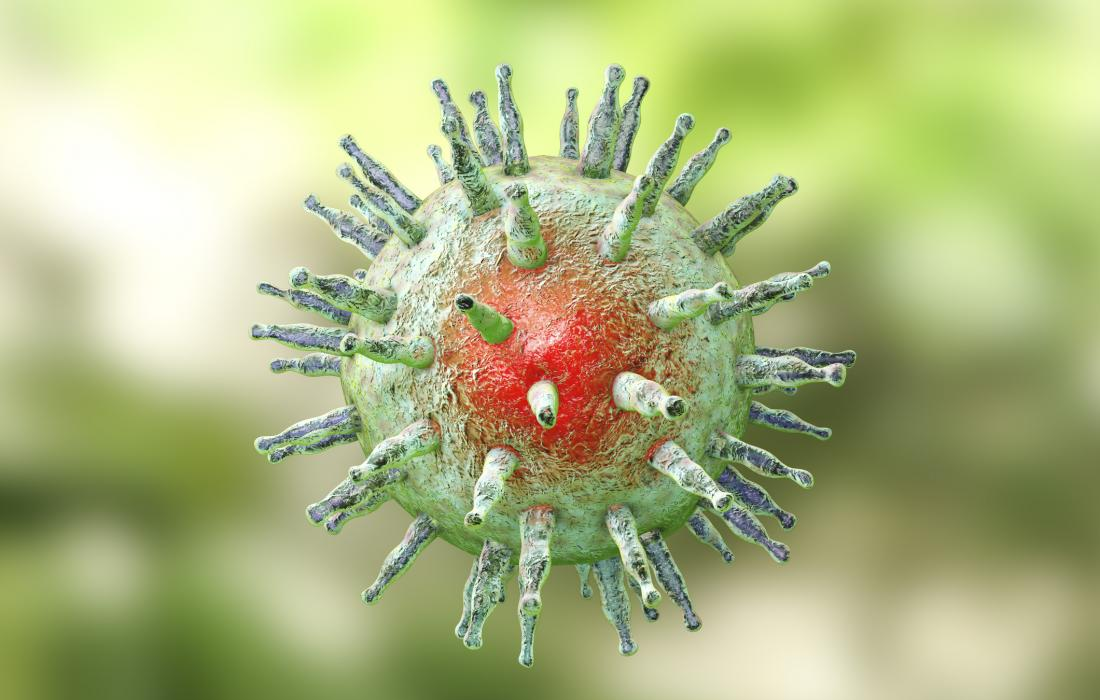Regenerative Medicine News and General Information
New Gene Therapy May Cure Latent Infection of Herpes Virus
Herpes simplex virus (HSV) types 1 and 2 are widespread and important human pathogens, causing oral and genital ulcers, neonatal herpes, and increasing the risk of acquiring HIV. After primary infection at the skin or mucosa, HSV establishes lifelong latency in both sensory and autonomic neurons of the peripheral nervous system. HSV can subsequently reactivate from the latent state, causing lesions and/or virus shedding at mucosal surfaces
Signs and Symptoms
Clinical features include the following:
- Abrupt onset
- High temperature (102-104°F)
- Anorexia and listlessness
- Gingivitis (This is the most striking feature, with markedly swollen, erythematous, friable gums.)
- Vesicular lesions (These develop on the oral mucosa, tongue, and lips and later rupture and coalesce, leaving ulcerated plaques.)
- Tender regional lymphadenopathy
- Perioral skin involvement due to contamination with infected saliva
Up to 80% of herpes simplex infections are asymptomatic. Symptomatic infections can be characterized by significant morbidity and recurrence. In immunocompromised hosts, infections can cause life-threatening complications.
Two-thirds of the world population under the age of 50 have HSV-1, according to the World Health Organization.
While current antiviral therapies reduce the severity of acute infections and diminish viral reactivation frequency, they do not reduce or eliminate the latent virus that drives recurrent disease.
New gene therapy approach
Infectious disease researchers at Fred Hutchinson Cancer Research Center have used a gene editing approach to remove latent herpes simplex virus 1, or HSV-1, also known as oral herpes.
Dr. Keith Jerome, professor in the Vaccine and Infectious Disease Division at Fred Hutch and his team used two types of genetic scissors to cut the DNA of the herpes virus. They found that when using just one pair of the scissors the virus DNA can be repaired in the infected cell. But by combining two scissors, two sets of gene-cutting proteins called meganucleases that zero in on and cut a segment of herpes DNA, the virus fell apart.
The dual genetic scissors are introduced into the target cells by delivering the gene coding for the gene-cutting proteins with a vector, which is a harmless deactivated virus that can slip into infected cells. The researchers injected the delivery vector into a mouse model of HSV-1 infection, and it finds its way to the target cells after entering the nerve pathways.
The researchers found a 92% reduction in the virus DNA present in the superior cervical ganglia, the nerve tissue where the virus lies dormant. The reductions remained for at least a month after the treatment and is enough the researchers say to keep the virus from reactivating.
The researchers are pursuing a similar strategy for herpes simplex 2, which causes genital herpes. They expect it to take at least 3 years to move toward clinical trials.
This study shows us a new gene approach to cure the latent infection of Herpes Virus Simplex 1, many other studies focus in different genetic scissors such as CRISPR/Cas9., but meganucleases are more effective, the limitation of use is that sequence-specific meganucleases are more difficult to develop compared with CRISPR/Cas9. Further optimization of enzyme delivery and the meganucleases themselves are likely possible, and thus a cure for HSV infection may ultimately be within reach.
SOURCE:
Martine Aubert, Daniel E. Strongin, Pavitra Roychoudhury, Michelle A. Loprieno, Anoria K. Haick, Lindsay M. Klouser, Laurence Stensland, Meei-Li Huang, Negar Makhsous, Alexander Tait, Harshana S. De Silva Feelixge, Roman Galetto, Philippe Duchateau, Alexander L. Greninger, Daniel Stone, Keith R. Jerome (August 18, 2022). Gene editing and elimination of latent herpes simplex virus in vivo. Nature Communications. Retrieved from : https://www.nature.com/articles/s41467-020-17936-5#Sec7

